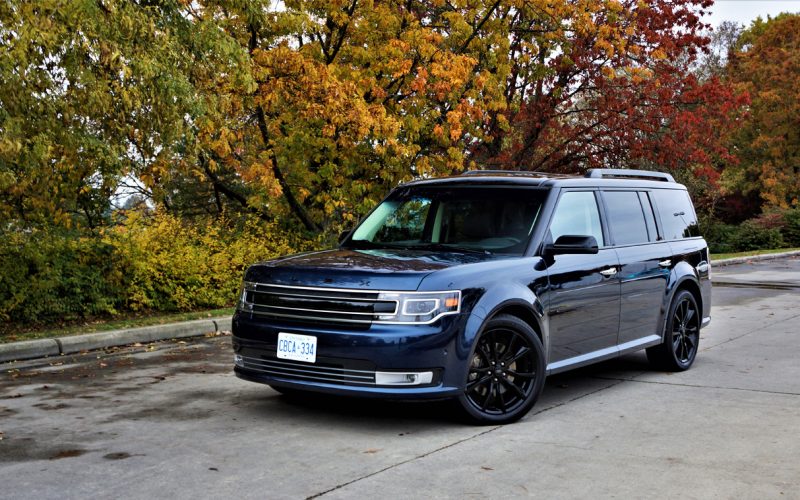
Reading Time: 13 minutesFYI, there are fewer new Ford Flex SUVs still available for sale than I had initially
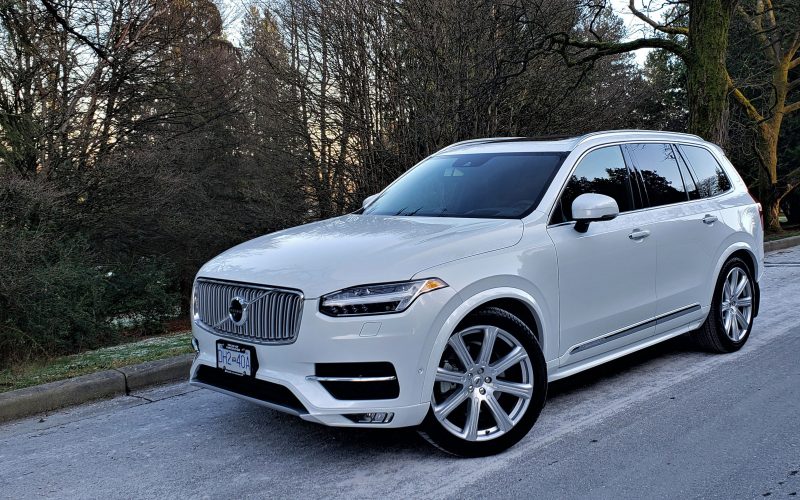
Reading Time: 10 minutesDespite being well into its fourth model year, you’ll have a hard time finding a more
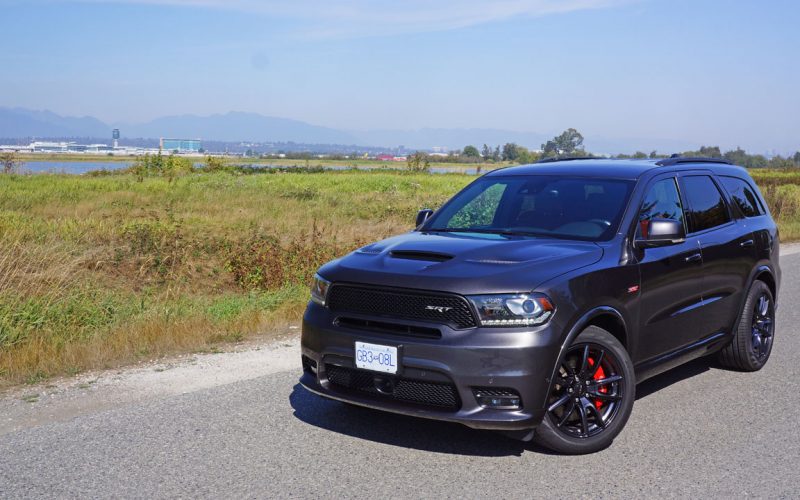
Reading Time: 10 minutesDodge is the Jolt Cola of the auto sector, or for those not old enough to
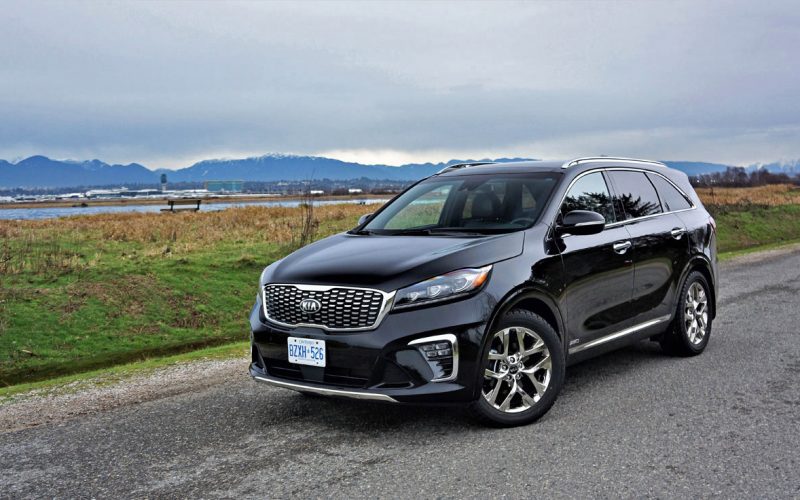
Reading Time: 14 minutesBack when first driving a 2016 Sorento, I found myself reveling in its sumptuous supply of
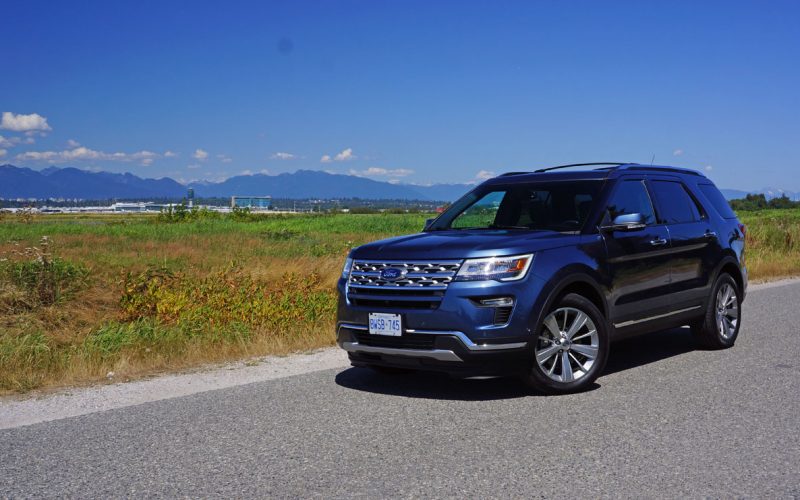
Reading Time: 12 minutesIf you like the current Ford Explorer, or more accurately the outgoing Explorer, now is the
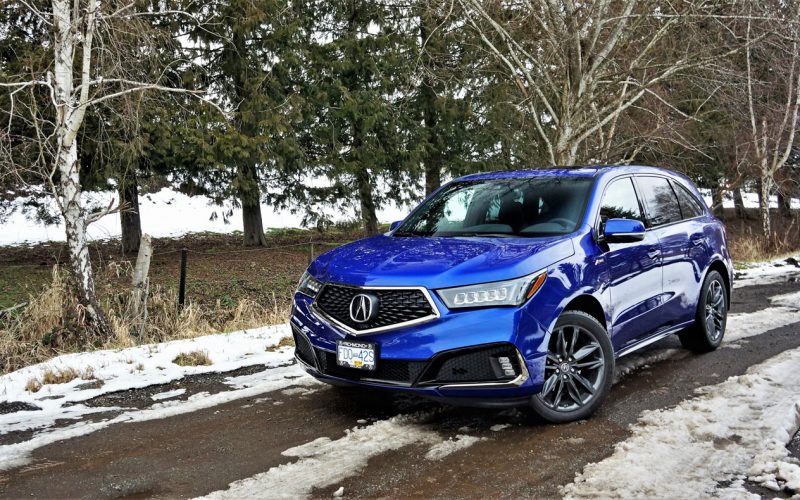
Reading Time: 14 minutesThe fact that you’re reading this means you’re probably fully aware what an Acura MDX is,
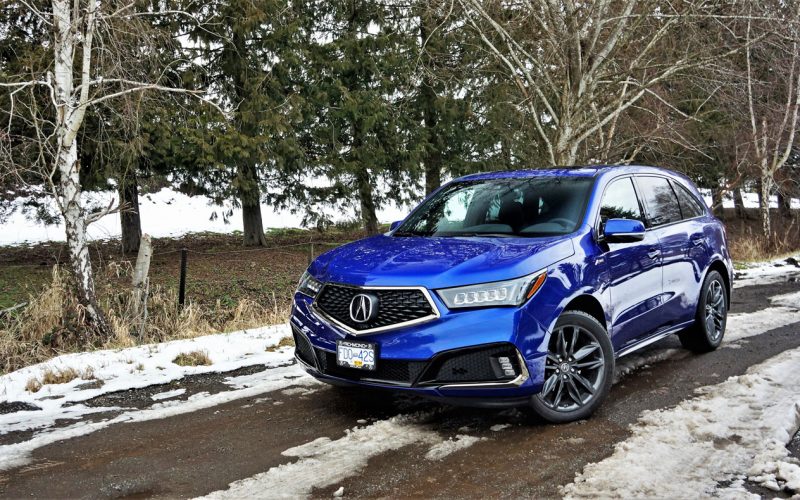
Reading Time: 6 minutesIf a 2019 Acura MDX were to follow a 2018 version around a corner it’s unlikely
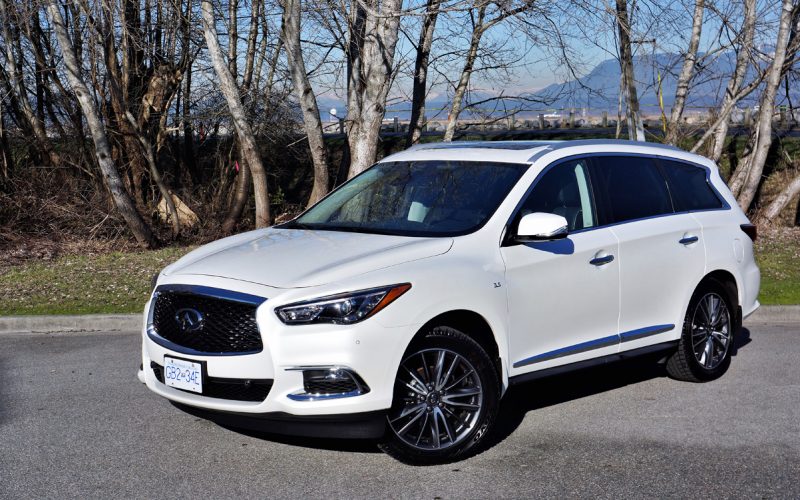
Reading Time: 5 minutesInfiniti wasn’t the fastest growing luxury brand last year, but then again it gained market share
© 2025 The Car Magazine. All Rights Reserved, Privacy Policy | Terms of Use